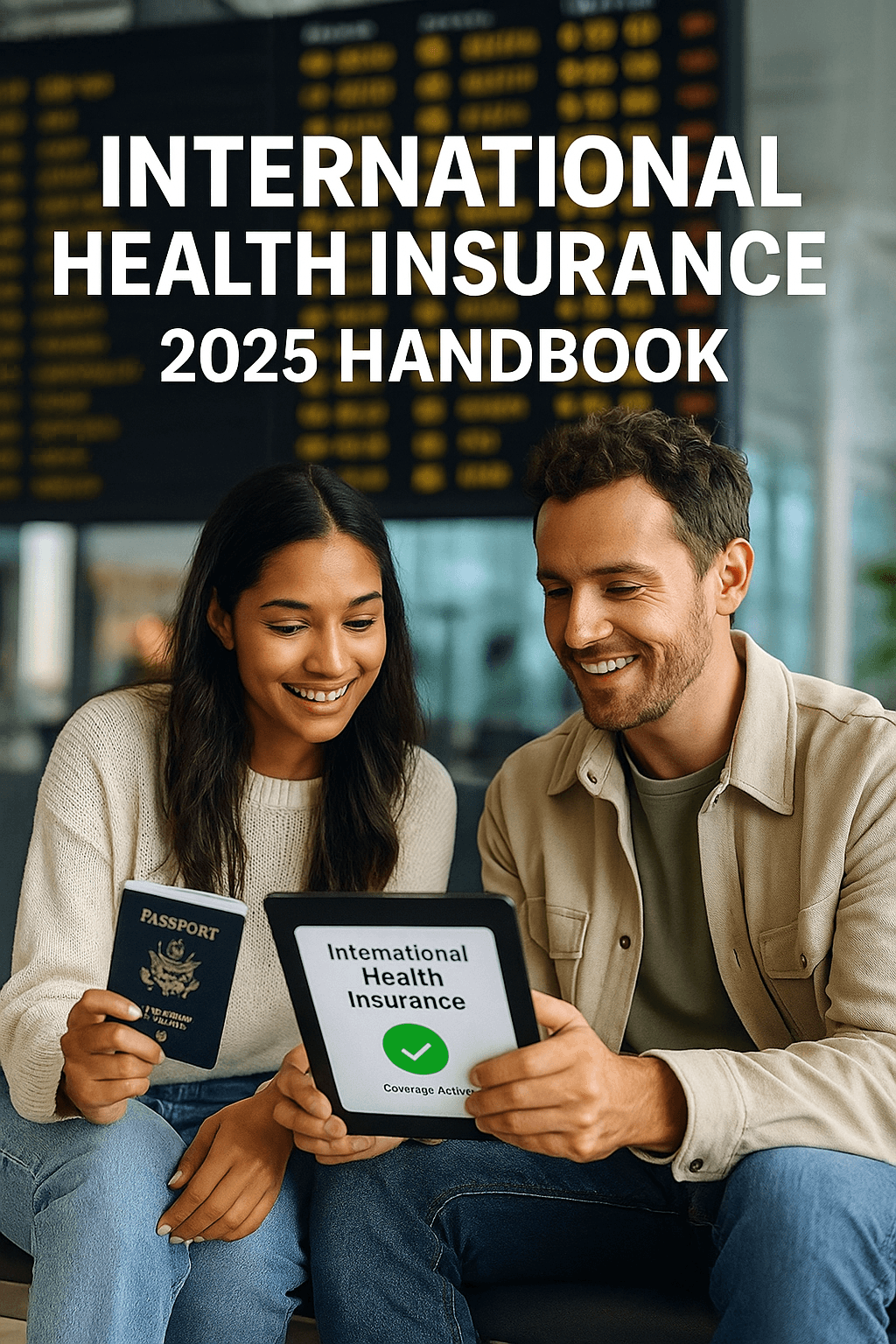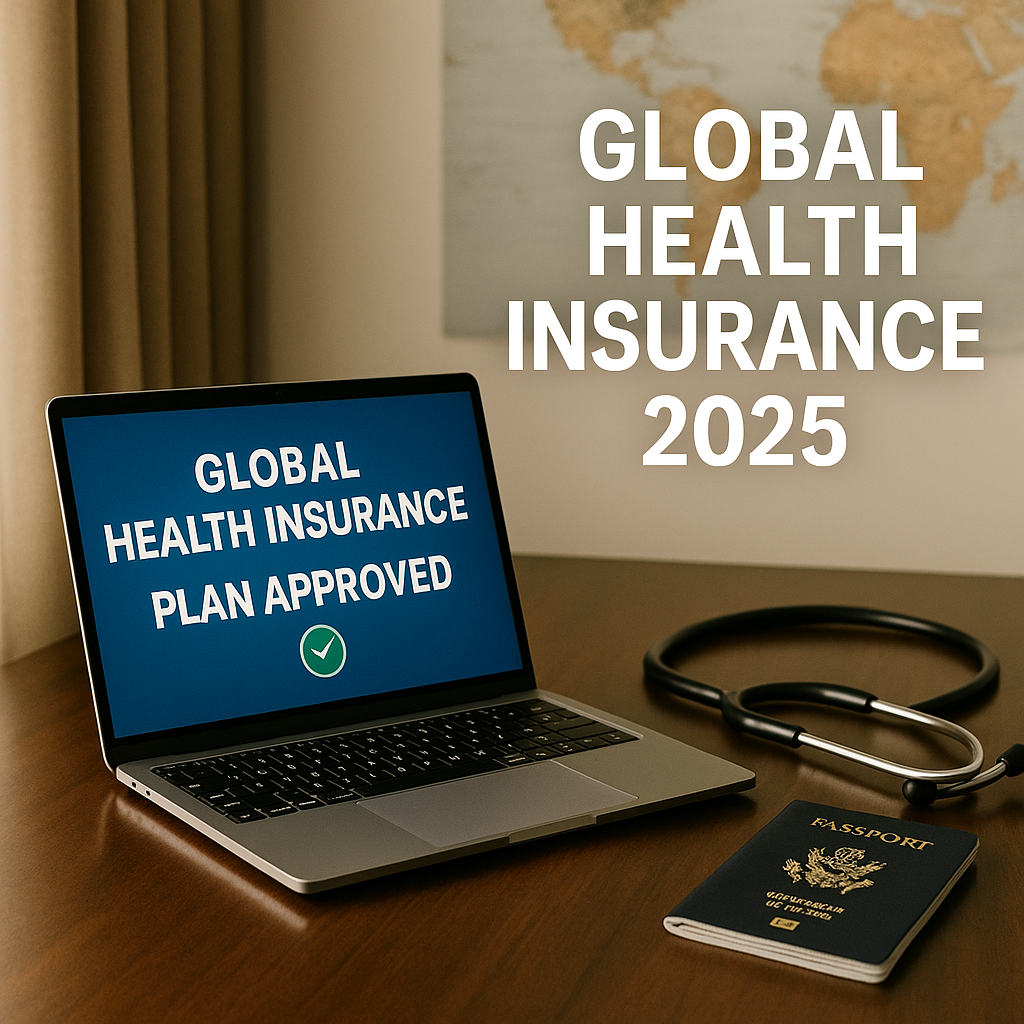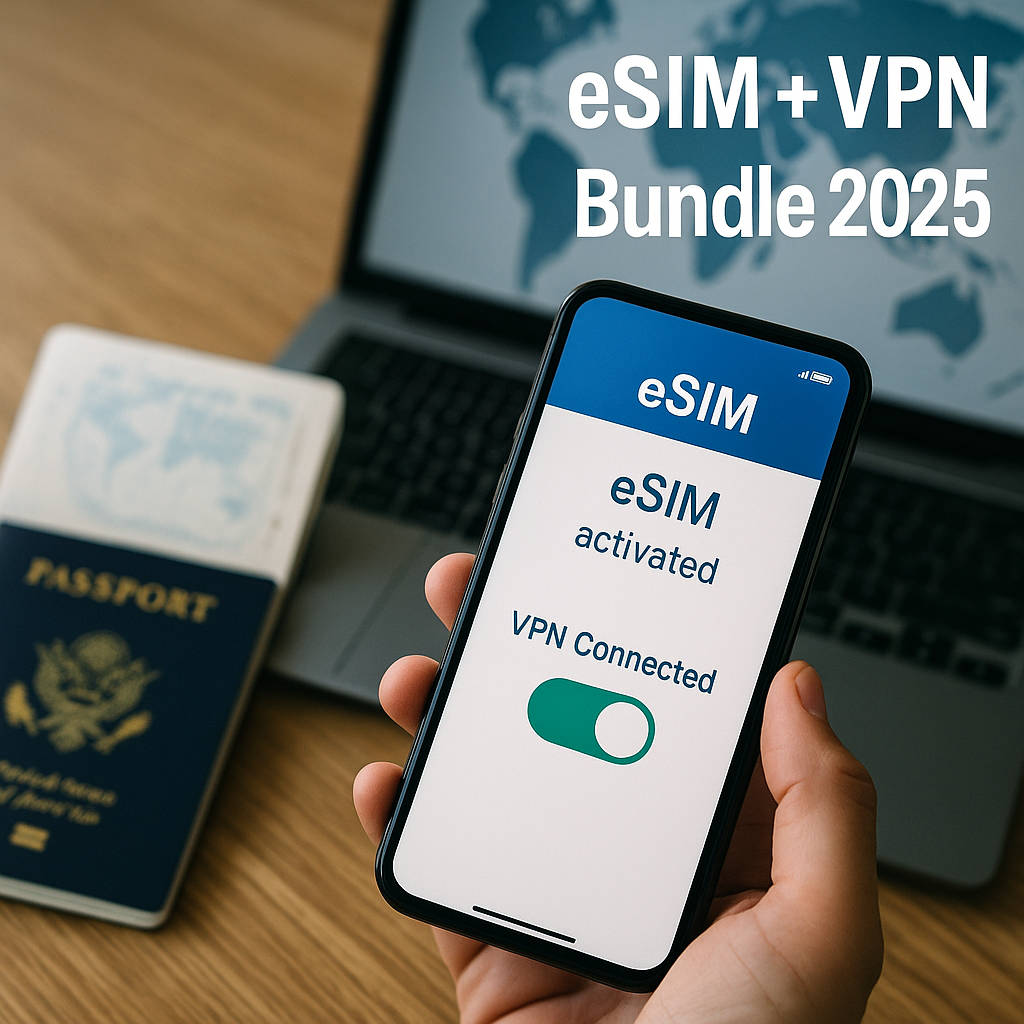Introduction – Why Every Nomad Needs a “Portable” Health Plan
A laptop, a stable internet connection, and a passport can turn almost any café into your office—but a single accident can erase a year of income overnight. In 2025 the average cost of an emergency appendectomy in a private hospital in Lisbon exceeds USD 18,000, while a two-hour air-ambulance hop from Bali to Singapore starts near USD 60,000. Local travel insurance rarely follows you across borders longer than 90 days, national health systems seldom cover non-residents, and self-funding a major procedure can set your financial independence timeline back a decade. Portable global health cover is no longer optional for location-independent professionals; it is core infrastructure, much like your VPN or cloud backup. This guide distils the crowded international-insurance market into an actionable play-book: what to buy, how much to pay, and how to guarantee that the policy actually pays when the worst happens.
1 How Global Medical Cover Differs from Ordinary Travel Insurance
- Continuous validity. Annual “expatriate” or “international major-medical” plans renew every twelve months and remain in force wherever you roam. Single-trip travel policies terminate the moment you return to your country of residence or exceed the declared trip length.
- Higher benefit ceilings. Where a budget travel policy might cap inpatient benefits at USD 100 000, full nomad plans routinely offer USD 1 million to USD 2 million—or unlimited—per policy year.
- Direct-billing hospital networks. The insurer pays the clinic directly so you never hand over your own credit card in the emergency room.
- Underwriting. Long-term global policies ask about pre-existing conditions and may exclude or surcharge them; most short-trip products are sold “blind” and then refuse claims related to undisclosed conditions later.
- Portability between visas. Many long-stay digital-nomad and freelancer visas (Portugal D7, Spain Non-Lucrative, Thailand LTR) mandate proof of at least EUR 30 000 medical cover with no co-pay. A compliant global plan doubles as your visa paperwork.
2 Minimum Coverage Benchmarks for 2025
| Benefit Type | Minimum Limit You Should Accept | Practical Rationale |
|---|---|---|
| Emergency inpatient & surgery | USD 250 000 | Private hospital rates in Western Europe or East Asia routinely exceed USD 7 000 per day for ICU stays. |
| Medical evacuation | USD 500 000 | A trans-Pacific air ambulance with medical staff easily surpasses USD 350 000 in 2025. |
| Repatriation of remains | USD 50 000 | Required by multiple Schengen missions for visa issuance. |
| Out-patient & specialist visits | USD 10 000 (optional module) | Tele-medicine sessions accelerate claims and remove language barriers. |
| Deductible (excess) | ≤ USD 250 | Lower deductibles ease hospital admission; higher deductibles rarely lower premium enough to justify hassle. |
3 Top Nomad-Friendly Providers Ranked (Q2 2025)
| Rank | Provider | Core Strengths | Monthly Premium* |
|---|---|---|---|
| 1 | SafetyWing Remote Health | Zone-based pricing, adventure-sports rider, crypto premium payment | USD 72 |
| 2 | IMG Global Medical | Largest U.S. hospital network, flexible area-of-cover upgrades | USD 82 |
| 3 | Allianz Partners Prime | High lifetime limits (USD 2 million), maternity option, direct N26 banking integration | USD 91 |
| 4 | Cigna Global | Modular á-la-carte add-ons, 24/7 claims app in nine languages | USD 95 |
*30-year-old software developer selecting “Worldwide excluding U.S./Canada” cover with USD 1 million annual limit and zero deductible.
4 Premium-Reduction Hacks That Don’t Gut Your Cover
- Exclude the United States unless you spend more than four weeks per year there; premiums drop 45 – 65 %. Instead, purchase a separate short-duration visitor-to-USA medical policy only for trips home.
- Increase your deductible to USD 250 (from zero) to shave roughly 18 % off annual cost, yet still avoid catastrophic out-of-pocket exposure.
- Lock in annual payment. Paying yearly instead of monthly yields 5 – 8 % discount with most providers.
- Leverage professional-body discounts. Remote-work platforms like SafetyWing’s “Borderless Community” or RemoteOK Pro negotiate group rates 10 points under retail.
- Stack tele-medicine credits. Opt for an outpatient-light module that reimburses only tele-consults and emergency GP visits; pay cash for routine check-ups in low-cost countries.
5 Visa-Compliance Cheat-Sheet (Updated April 2025)
| Country & Visa | Policy Certificate Requirement | Typical Proof Document |
|---|---|---|
| Portugal D7 | Minimum EUR 30 000 medical cover, no deductible, validity ≥ 1 year | Insurer PDF + apostille |
| Spain Non-Lucrative | Full coverage in Spain; evacuation/repatriation compulsory | Spanish-language certificate |
| Thailand LTR | USD 50 000 inpatient, outpatient, COVID-19 cover | English certificate + Thai translation stamp |
| Malaysia DE RANTAU | Unlimited medical cover or USD 20 000 inpatient + COVID-19 rider | English certificate |
Pro tip: upload signed copies to Google Drive and an encrypted USB key—embassy staff sometimes ask for physical originals.
6 Step-by-Step Claim from a Beach Hostel — A 24-Hour Timeline
- Call the hotline before leaving the hostel. Insurers can pre-authorise direct billing and advise which partner hospital has English-speaking staff.
- Show only your passport at reception. The hospital invoices the insurer, not you.
- Collect every document. Discharge summary, lab reports, pharmacy receipts. Take photos in case papers get wet or lost.
- Upload via mobile app within 24 hours. Fast uploads trigger quicker reimbursements.
- Escalate tactfully. If status remains “Pending” after ten days, tweet the insurer’s social-media escalation handle; response times drop from days to hours.
7 Seven Pitfalls That Still Sink Claims in 2025
- Undeclared pre-existing conditions. Asthma you forgot to mention can void an entire spinal-injury claim. Declare everything up-front.
- Country exclusions creep. War zones and U.S. sanctions lists change quarterly; review each renewal.
- Home-country stays longer than 90 days. Most policies suspend if you linger too long in your passport country.
- Adventure-sports clauses. Kite-surfing, paragliding, even rented mopeds can be classed “hazardous.” Add riders if you play.
- Currency mismatches. Claims paid in EUR against bills in THB cause FX slippage; opt for USD reimbursement.
- Paper receipts only. Some clinics still refuse digital receipts; ask at check-in and snap photos anyway.
- Provider insolvency. Always choose insurers rated A or better by AM Best; small regional insurers have folded mid-treatment.
8 Mini FAQ—What Nomads Ask Most Often in 2025
Q 1 Does my EU Global Health Insurance Card (EHIC) cover me as a digital nomad in Europe?
A: Only if you remain a legal resident of your EU home state and your trip is temporary. Once you de-register or exceed 90 days, EHIC benefits lapse.
Q 2 Can I pay for global insurance with stablecoins?
A: IMG and SafetyWing accept USDC on Ethereum and Solana with a 1 % gateway fee; Allianz pilots USDT later in 2025.
Q 3 Will my premium skyrocket after one large claim?
A: Insurers cannot single out an individual, but may raise rates for your whole age cohort. Switching provider post-claim is hard—pick a robust brand at the start.
Q 4 What about dental and vision?
A: Add-on dental/vision riders often cost more than paying cash in low-cost countries. Many nomads schedule cleanings in Mexico City (USD 35) or Bangkok (USD 40).
Q 5 Is global health insurance tax-deductible?
A: For U.S. citizens, premiums may be deducted under the Foreign Earned Income Exclusion housing component if self-employed; consult a cross-border CPA.
Conclusion — Turn Chaos into a Predictable Line Item
Health disasters cannot be scheduled, but expenses can be quantified and transferred to an insurer’s balance sheet. A solid global policy converts random six-figure shocks into a steady monthly subscription, letting you focus on shipping code, filming vlogs, or closing client contracts anywhere on earth. Treat this guide as a yearly audit: run fresh quotes today, lock coverage before your next flight, store copies of every document, and rehearse the claim steps like a fire drill. Your income statement—and possibly your life—depend on that discipline.









